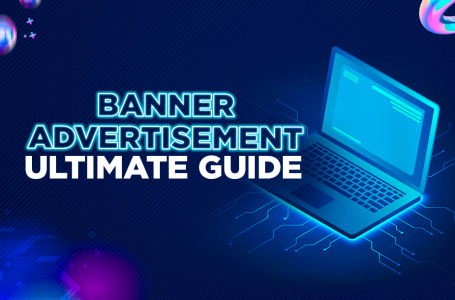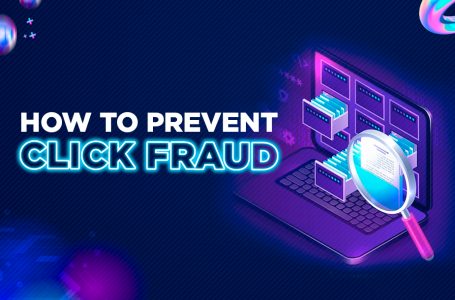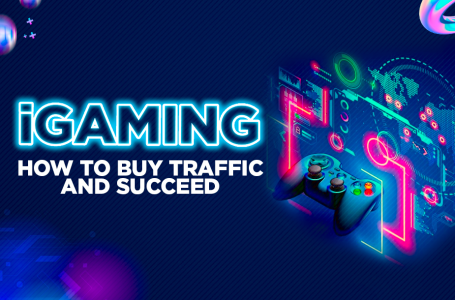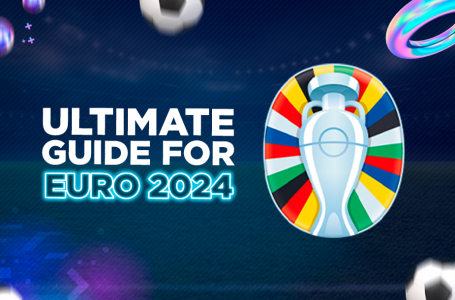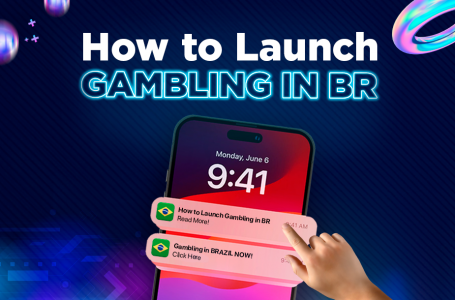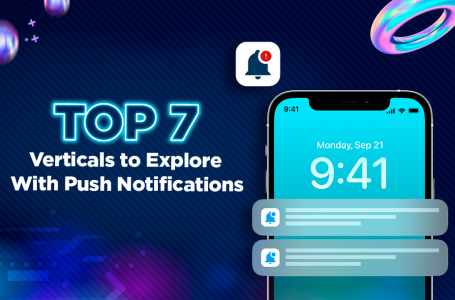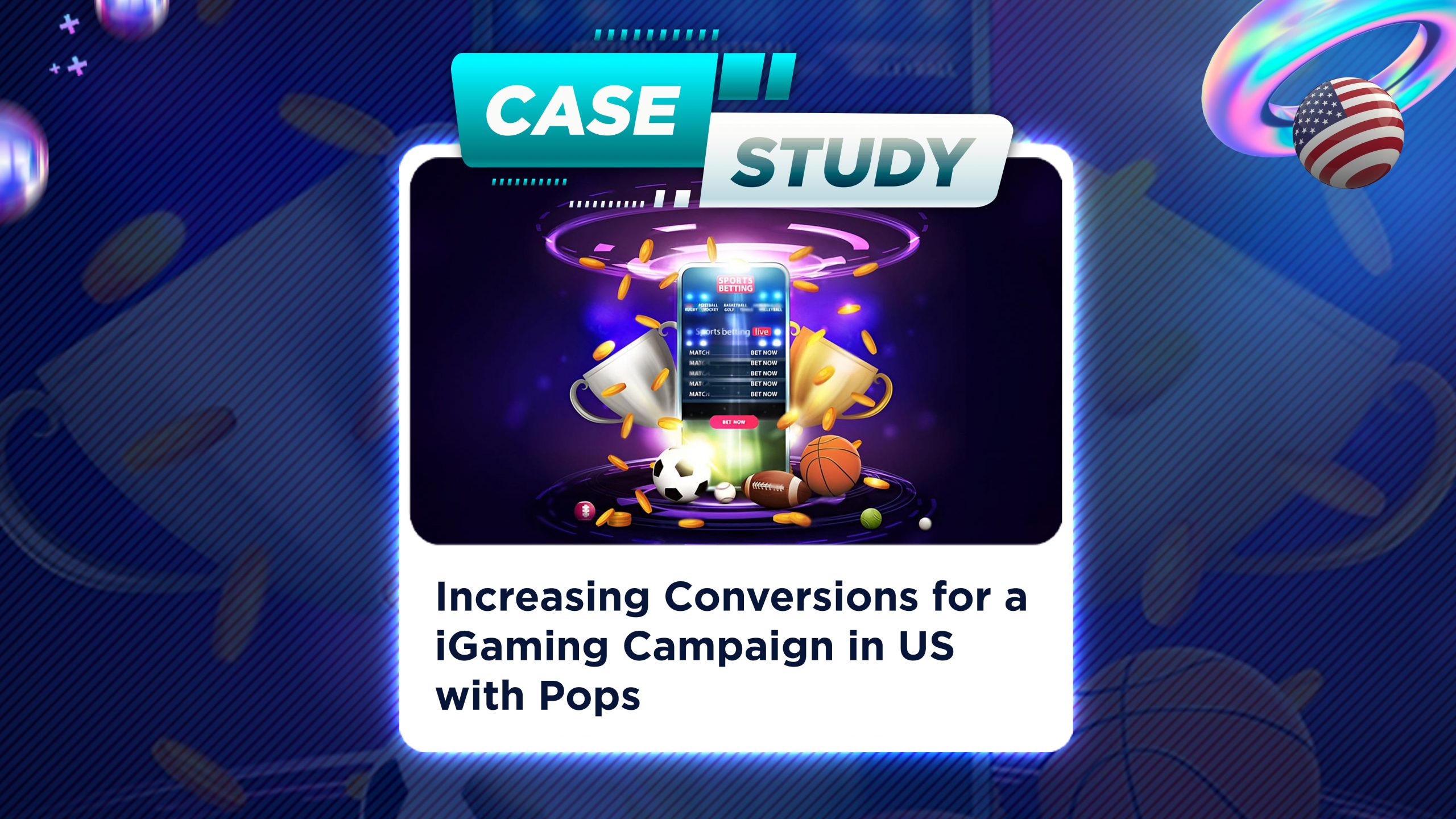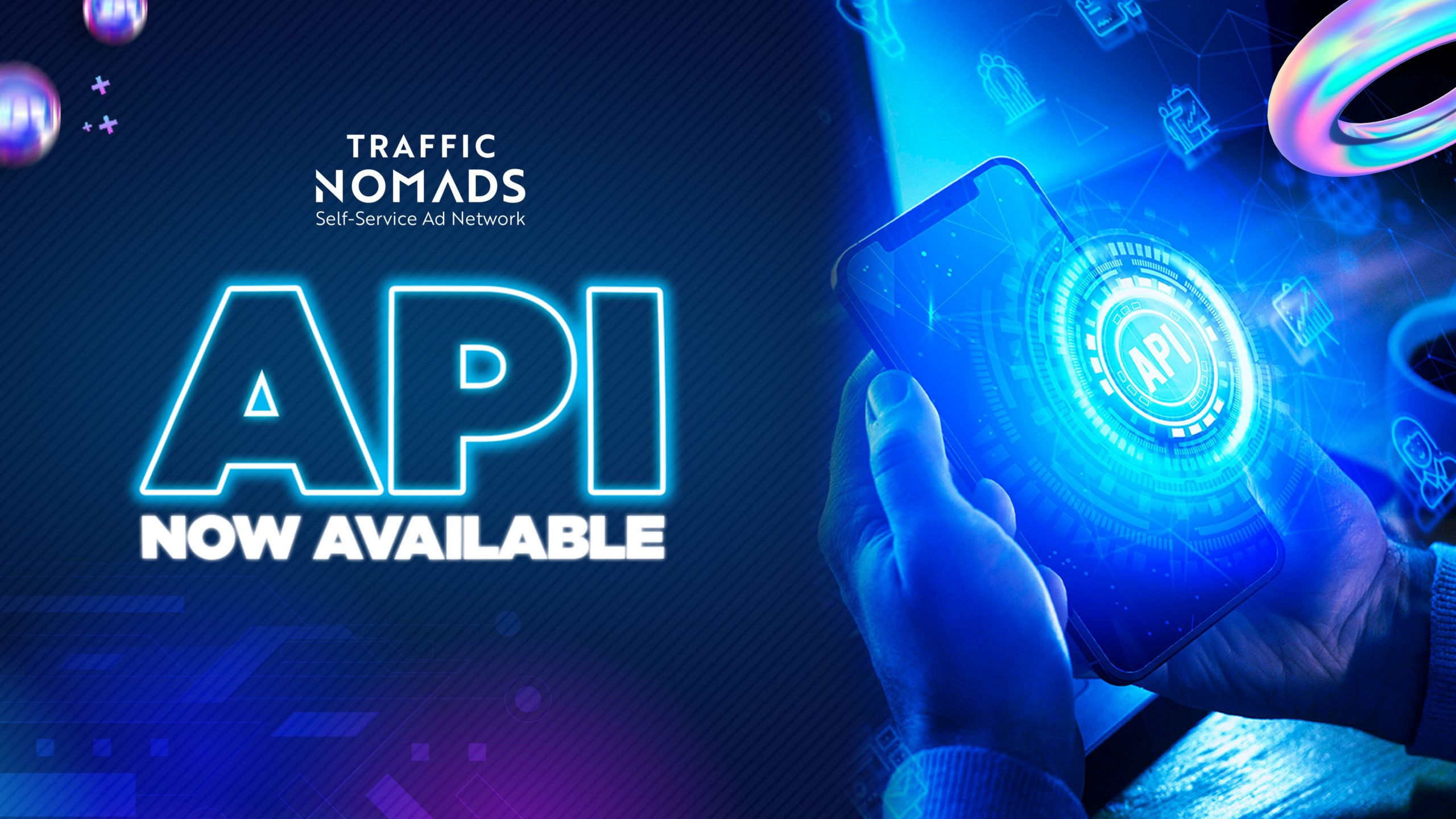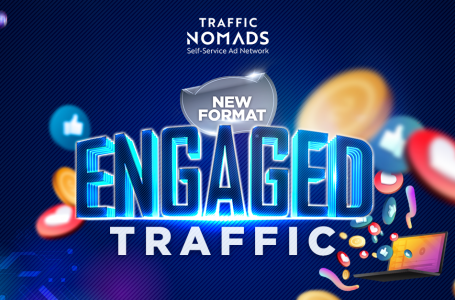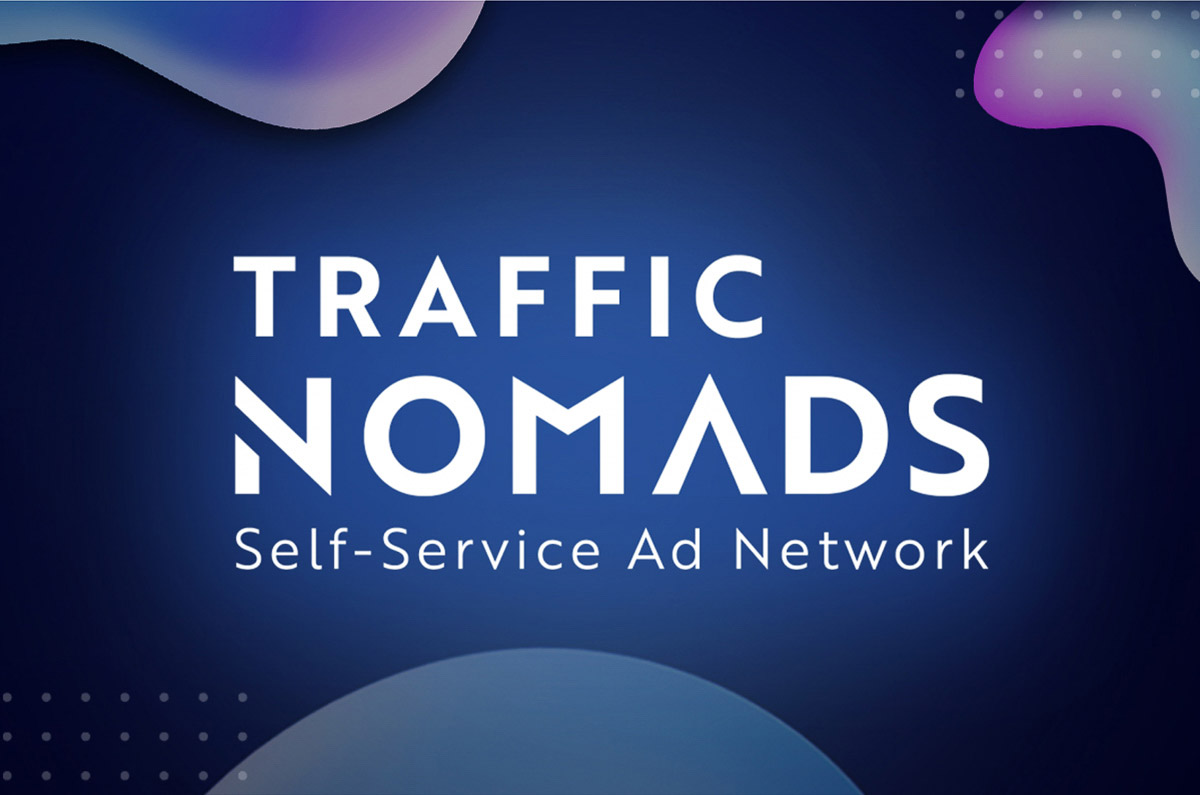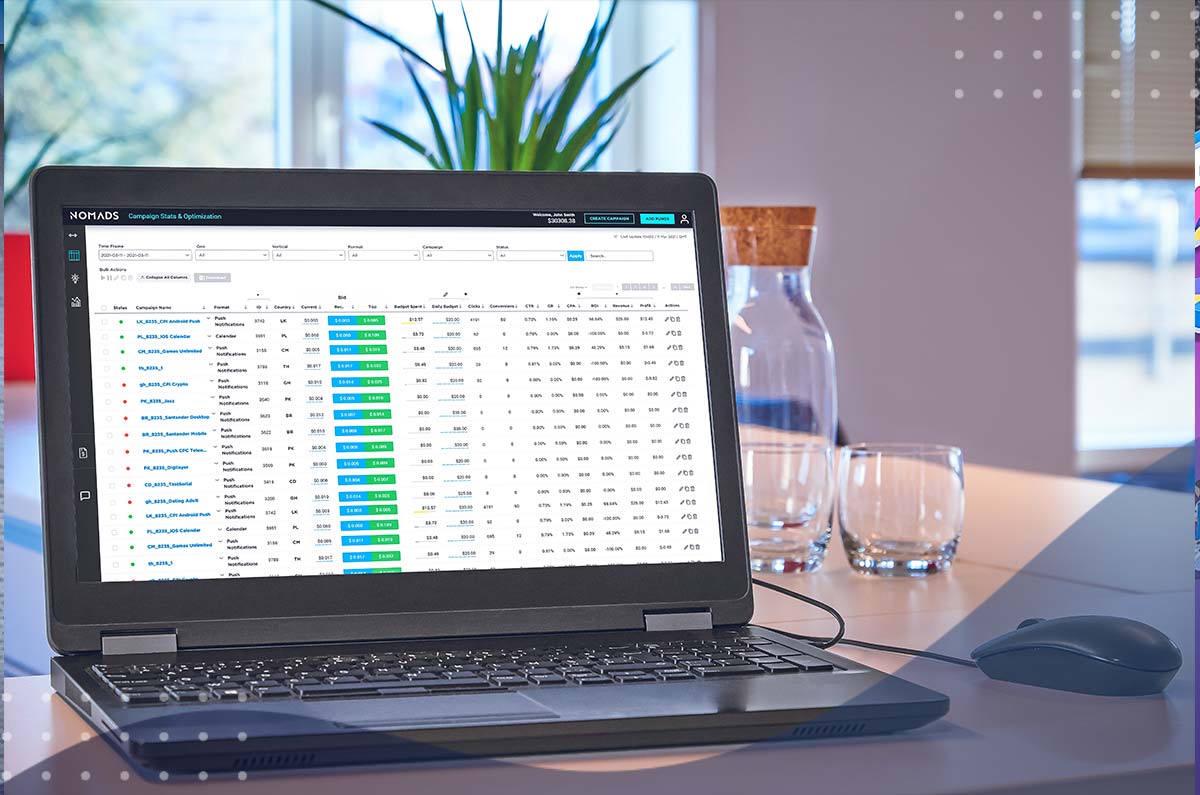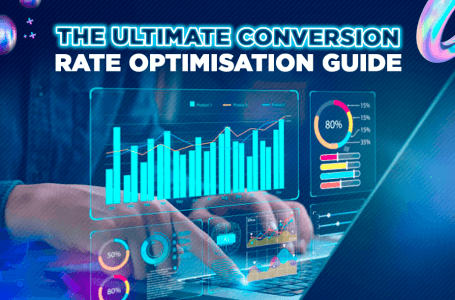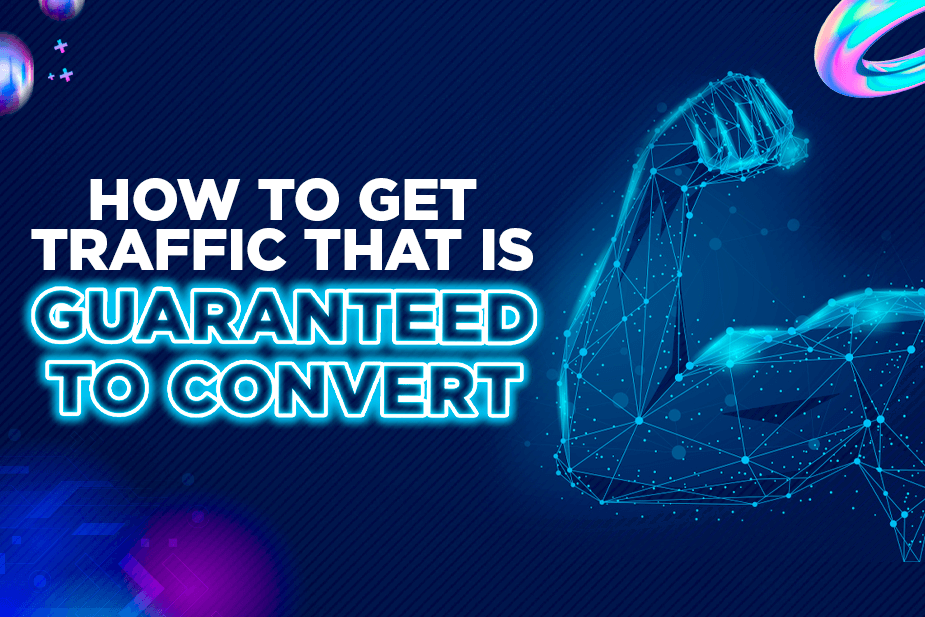
Attracting visitors to your website is a good first step, but the real challenge lies in ensuring that traffic leads to conversions. Every blogger, publisher, and site owner understands the importance of bringing in high-quality traffic that drives conversions, as this directly impacts CPM rates. Affiliate marketers who focus on landing pages and product recommendations know that conversion rates (CR) are paramount. However, many struggle to figure out how to attract the right audience and encourage them to take action on their site.
You may have implemented strategies to boost traffic, but your revenue might not be reflecting your efforts. Often, this is due to the traffic not converting, or at least not at the expected rate.
In this article, we’ll walk you through effective practices and methods to enhance your strategy and draw in high-converting traffic. Let’s dive in!
What sets high-quality traffic apart from low-value traffic?
It’s essential to differentiate between traffic and traffic that converts. Not every strategy to drive free traffic is worth implementing.
Techniques like cloaking, deceptive ads, or relying on bot traffic might inflate visitor numbers, but they won’t result in conversions. Users quickly realize that your landing page doesn’t offer the value they’re seeking and leave. This leads to a high bounce rate. In contrast, attracting quality traffic from well-targeted sources can lead to increased credibility, longer site sessions, higher search engine rankings, and even more conversions!
Why high traffic doesn’t always result in conversions
This is especially relevant for affiliate marketers and webmasters who invest time and resources into driving traffic to landing pages. A large number of visitors doesn’t automatically mean high conversions. Here are some common reasons why:
1. Unengaging landing pages Directing traffic to a cluttered or confusing landing page can be a waste of effort. Web users decide within seconds if your page offers what they need. If your landing page is overwhelmed with content—videos, audios, or banners playing simultaneously—it can seem overly sales-focused, turning users away.
Your landing page should have a singular purpose, with a clear selling point and a simple call-to-action. Avoid too much information, and ensure it’s free from unnecessary pop-ups and buttons.

2. Weak or missing calls-to-action (CTAs) Assuming users will know what to do next after reading your page is a mistake. Without clear CTAs, conversions will likely suffer.
Make sure to clearly define the action you want users to take, and place these CTAs in easy-to-find spots—top and bottom of the page, or along the sidebar.
Many bloggers face a similar issue. They create valuable content—tutorials, reviews, guides—but hesitate to ask their audience to engage by subscribing, donating, or downloading additional content. Don’t be shy; your work deserves support! 💪
3. Mismatched content Sometimes, the keywords used in SEO or paid ads don’t match the content on the landing page. This can be either intentional or accidental but results in visitors bouncing off your site when they don’t find what they expected.
Affiliate marketers often create eye-catching ads but fail to align the message with the landing page. For instance, offering a sweepstakes entry but not delivering the promised content is a clear disconnect.
4. Lack of compelling information or benefits A common reason for low conversions is not providing enough value or benefits. When users arrive on your site through organic search or ads, they expect useful information. Failing to highlight the benefits will lead to a loss of conversions.
A benefit isn’t just a product feature—it’s how the product or service will solve a user’s problem. Make this clear, and users will be more inclined to purchase or subscribe.
How to boost your conversions: 7 effective tactics
Now that we’ve highlighted reasons why your traffic may not convert, here are some practical ways to fix that:
1. Identify your unique selling point (USP) Your USP sets you apart from competitors. Whether it’s product quality, customer service, or unique features, make it clear in your ads and landing pages so users know what makes you stand out.
2. Monitor visitor behavior on your site Take the time to understand your audience’s behavior. Use web analytics tools to see what visitors are doing on your site—how long they stay, where they click, and which pages they bounce from.
Heatmaps and scroll maps provide deeper insights, showing which areas of your site get the most attention. This will help you optimize underperforming pages.
3. Discover where your high-converting traffic comes from Analyzing the origin of your converting traffic is crucial. Understand the geographical locations, times of day, and specific channels that drive conversions, and focus your efforts there.
4. Partner with reliable ad networks Trustworthy ad networks offer tools to track the quality of your traffic and how well it converts. Look for networks that provide in-depth analytics on clicks, CTR, and user engagement.
5. Keep your content concise and clear Effective web copy doesn’t need to be long. Structure your content with headings, subheadings, and concise paragraphs. Break up the text with keywords that align with search queries, and always include clear CTAs.
6. Experiment with A/B testing A/B testing allows you to try out different elements—whether it’s the placement of an ad, the size of a banner, or the position of a CTA. This helps determine what works best in driving conversions.
7. Balance ad formats Avoid overwhelming your visitors with too many ads. Combining a variety of ad formats in moderation is key to maintaining user engagement without being too intrusive.
How to attract high-converting traffic: top strategies
Focusing on the right audience is essential for driving conversions. Here are strategies for getting the right traffic:
- Optimize for SEO and provide valuable content
- Identify and address your audience’s pain points
- Research competitors to find areas for improvement
- Publish list posts to boost search rankings
- Participate in forums to promote discussion around your product or service
- Write guest posts on relevant websites
- Retarget ads using data from heatmaps and analytics
Conclusion
Driving traffic is important, but if conversions aren’t happening, it’s time to focus on attracting high-quality traffic that delivers real results. Start implementing these strategies to boost your CPMs and CTRs.




